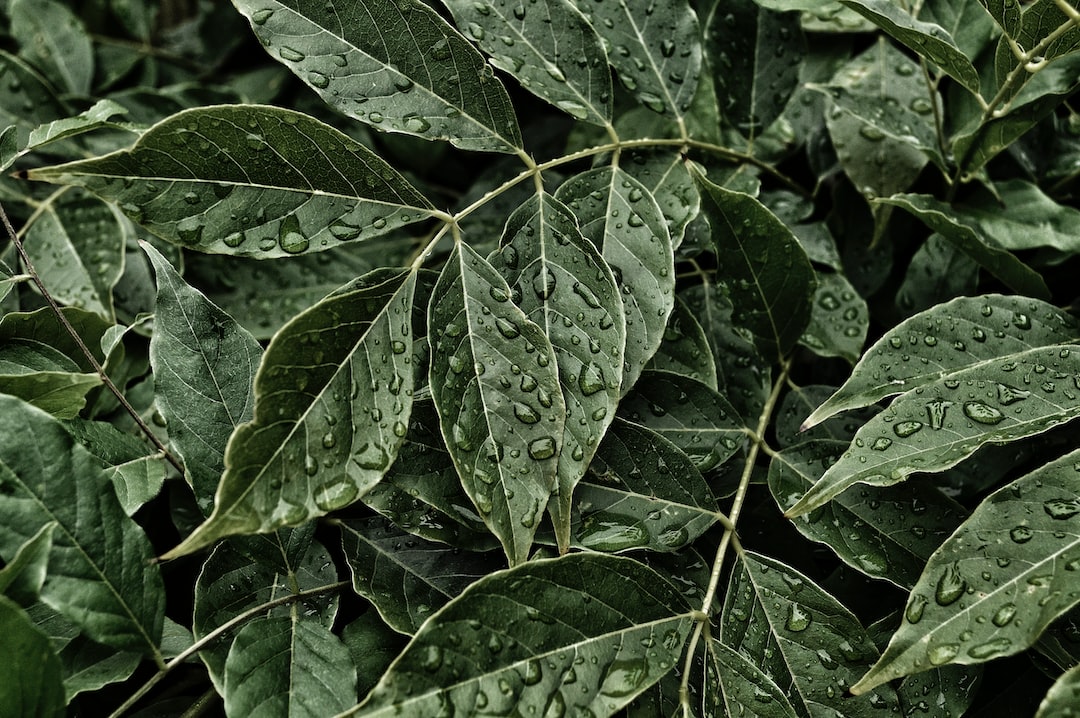Reviving Your Plants: A Guide to Saving Them from Root Rot

Root rot is a common problem that many gardeners and plant enthusiasts face. It is a condition that affects the roots of plants, causing them to decay and eventually die. This can have a significant impact on the overall health and vitality of the plant, leading to stunted growth, yellowing or wilting leaves, and even death. Understanding the causes, signs, and prevention measures for root rot is essential for maintaining healthy plants.
Key Takeaways
- Root rot is a fungal disease caused by overwatering and poor soil drainage.
- Signs of root rot include yellowing leaves, wilting, and a foul odor from the soil.
- Plants prone to root rot include those with shallow roots and those that prefer moist soil.
- Prevention measures include proper watering techniques, improving soil drainage, and avoiding overcrowding of plants.
- To avoid root rot, water plants deeply and infrequently, and ensure soil has adequate drainage.
Understanding Root Rot and Its Causes
Root rot is a condition where the roots of a plant become infected and decay due to various factors. It is most commonly caused by overwatering, poor soil drainage, and fungal infections. Overwatering can lead to waterlogged soil, which creates an oxygen-deprived environment that is ideal for the growth of harmful bacteria and fungi. Poor soil drainage can also contribute to root rot as it prevents excess water from draining away, leading to waterlogged conditions. Fungal infections can occur when the plant’s roots come into contact with infected soil or when spores are carried by wind or water.
Signs and Symptoms of Root Rot in Plants
There are several signs and symptoms that can indicate the presence of root rot in plants. One of the most common signs is yellowing or wilting leaves. This occurs because the roots are unable to absorb nutrients and water properly, leading to nutrient deficiencies and dehydration. Stunted growth is another common symptom of root rot as the damaged roots are unable to support the plant’s growth. A foul odor may also be present, especially if the root rot is caused by fungal infections. Lastly, soft or mushy roots are a clear indication of root rot as healthy roots should be firm and white.
Identifying Plants Prone to Root Rot
| Plant Species | Soil Type | Watering Frequency | Root Rot Susceptibility |
|---|---|---|---|
| Snake Plant | Well-draining | Infrequent | Low |
| Peace Lily | Moist | Regular | High |
| Spider Plant | Well-draining | Infrequent | Low |
| English Ivy | Moist | Regular | High |
Certain plants are more prone to root rot than others due to their specific needs and characteristics. Plants that prefer moist soil, such as ferns and peace lilies, are more susceptible to root rot as they require consistent moisture. Plants with shallow root systems, like succulents and some herbs, are also at a higher risk as their roots are closer to the surface where excess water can accumulate. Additionally, plants that are susceptible to fungal infections, such as roses and tomatoes, are more likely to develop root rot if exposed to infected soil or conditions.
Prevention Measures to Keep Root Rot at Bay
Preventing root rot is crucial for maintaining healthy plants. There are several measures that can be taken to minimize the risk of root rot. Proper watering techniques are essential, ensuring that plants receive enough water without overwatering. This can be achieved by watering deeply but infrequently, allowing the soil to dry out between waterings. Choosing the right soil is also important, as well-draining soil allows excess water to drain away, preventing waterlogged conditions. Using well-draining containers can further improve soil drainage and prevent water from accumulating around the roots. Lastly, avoiding overcrowding of plants is crucial as it reduces air circulation and increases the risk of fungal infections.
How to Water Your Plants to Avoid Root Rot

Watering your plants correctly is essential for preventing root rot. It is important to water deeply but infrequently, allowing the soil to dry out between waterings. This encourages the roots to grow deeper in search of water and promotes healthy root development. One way to tell when your plants need water is by checking the moisture level of the soil. Stick your finger about an inch into the soil, and if it feels dry, it’s time to water. It is important to avoid overwatering as this can lead to waterlogged conditions and increase the risk of root rot.
Soil Drainage: A Key Factor in Preventing Root Rot
Soil drainage plays a crucial role in preventing root rot. Good soil drainage allows excess water to drain away, preventing waterlogged conditions that are ideal for the growth of harmful bacteria and fungi. To improve soil drainage, it is important to choose the right soil for your plants. Well-draining soil should be loose and crumbly, allowing water to flow through easily. Adding organic matter, such as compost or peat moss, can also improve soil drainage by increasing its ability to retain moisture while still allowing excess water to drain away.
How to Treat Root Rot in Plants
If root rot is detected in your plants, it is important to take immediate action to prevent further damage. The first step is to remove infected soil and roots. Carefully dig up the plant, gently remove any infected soil, and trim away any soft or mushy roots using clean and sterilized tools. Once the infected parts have been removed, treating with fungicides can help control the spread of fungal infections. There are both chemical and organic fungicides available, so choose one that is suitable for your plants and follow the instructions carefully. Natural remedies, such as neem oil or a mixture of baking soda and water, can also be effective in treating root rot.
Pruning Infected Parts to Save Your Plants
Pruning infected parts of the plant is an important step in treating root rot and saving your plants. Infected parts can include yellowing or wilting leaves, as well as soft or mushy roots. To prune infected parts, you will need clean and sterilized pruning tools such as shears or scissors. Start by removing any yellowing or wilting leaves, making sure to cut back to healthy tissue. Next, carefully dig up the plant and trim away any soft or mushy roots. It is important to dispose of all infected plant material properly to prevent the spread of disease.
Re-potting: When and How to Do It to Save Your Plants
Re-potting your plants can be necessary if they are suffering from root rot. Signs that your plant needs to be repotted include stunted growth, roots growing out of the drainage holes, or a pot that is too small for the plant’s root system. To repot your plant, start by selecting a new container that is slightly larger than the current one. Choose a container with drainage holes to ensure proper soil drainage. Prepare the new container by adding a layer of well-draining soil at the bottom. Carefully remove the plant from its current container, gently loosen the roots, and place it in the new container. Fill in the gaps with well-draining soil, making sure not to bury the stem too deeply.
Best Practices for Maintaining Healthy Plants and Preventing Root Rot
To maintain healthy plants and prevent root rot, it is important to follow some best practices. Regularly inspecting your plants for signs of disease or stress can help catch any issues early on and prevent them from spreading. Proper watering and drainage techniques are crucial, ensuring that plants receive enough water without overwatering and that excess water drains away properly. Using natural remedies, such as neem oil or a mixture of baking soda and water, can help prevent fungal infections and keep your plants healthy. Lastly, choosing the right plants for your environment is important as some plants are more prone to root rot than others.
Root rot is a common problem that can have a significant impact on the health and vitality of plants. Understanding the causes, signs, and prevention measures for root rot is essential for maintaining healthy plants. By following proper watering techniques, improving soil drainage, treating root rot promptly, and practicing good plant care habits, you can prevent and treat root rot effectively. Remember to regularly inspect your plants, choose the right soil and containers, and use natural remedies to keep your plants healthy and thriving. With these measures in place, you can enjoy a garden full of vibrant and disease-free plants.



